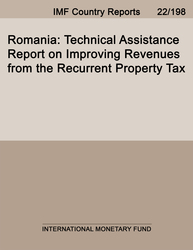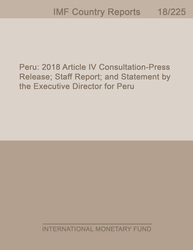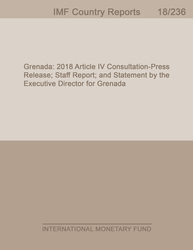
Romania: Technical Assistance Report on Improving Revenues from the Recurrent Property Tax
Technical Assistance Report on Improving Revenues from the Recurrent Property Tax
READ MORE...
Volume/Issue:
Volume 2022
Issue 198
Publication date: June 2022
ISBN: 9798400212680
$20.00
Add to Cart by clicking price of the language and format you'd like to purchase
Available Languages and Formats
| English |
Prices in red indicate formats that are not yet available but are forthcoming.
Topics covered in this book
This title contains information about the following subjects.
Click on a subject if you would like to see other titles with the same subjects.
Money and Monetary Policy , Public Finance , Taxation - General , International - Economics , property tax reform , real property , VALUE-BASED property tax , tax rate , property tax exemption , property tax system , property tax basis , Property tax , Land tax , Real estate prices , Asset valuation , Africa , Eastern Europe
Also of interest
Summary
This paper highlights Romania’s Technical Assistance report on improving revenues from the recurrent property tax. The current area-based property tax system in Romania is inefficient, producing revenue below its potential, while the taxable value determination is inequitable and complex. The best guiding principle for the property tax reform is to remind taxpayers that a property tax is in the first instance a benefit tax. Comprehensive property tax reform is complex, requiring both political and technical coordination, informed by realistic timelines. In respect of a recurrent property tax, there are two broad approaches to determine a taxable amount. The first approach—value-based assessment—utilizes methods and techniques that rely on market transactions to inform the value of property. It is generally agreed amongst experts that where it is possible to use the market-value approach in practice, since it provides the better, more buoyant, and more equitable tax base. A value-based assessment tends to better differentiate the tax burden between low-income and high-income households—accounting better for ability-to-pay or vertical equity.
Copyright © 2010 - 2025
Powered by:
AIDC



